The Final Guide to Freeze-Dried Cat Food: Selection, Storage, and Analysis
 June 30, 2023
June 30, 2023
In recent years, pet nutrition has become a crucial area of interest for cat owners, leading to diversification in cat food options. Among these alternatives, freeze-dried cat food holds a distinct position. This type of food retains much of the nutrients found in raw cat feed, but without the risk of bacterial growth. So we are here to help all of you explore the concept of freeze-dried cat food, its uniqueness compared to regular cat food, its advantages, potential risks, and guidelines for storing and choosing it.
What is Freeze-Dried Cat Food?
Freeze-dried cat food entails a preservation process where the food is quickly frozen and then subjected to a high vacuum that removes water by sublimation. This process, unlike cooking and canning, keeps the raw nutrients pretty much intact. The end product is lightweight, non-perishable, and rehydratable, simply needing to be mixed with water before serving to a feline companion.
Differentiation from Regular Cat Food
The traditional cat food market mostly consists of dry kibble and canned wet food which differ greatly from freeze-dried options. Dry cat food is typically cooked at high temperatures, leading to degradation or loss of natural nutrients. This requires manufacturers to add synthetic vitamins and minerals. Wet cat food, on the other hand, retains more natural nutrients due to its lower cooking temperatures and higher moisture content, but also includes preservatives and additives. On the contrary, freeze-dried cat food is preserved without these additives, synthetics, and high-heat processing, maintaining the raw food’s natural nutrients.
Advantages and Risks of Freeze-Dried Cat Food
Freeze-dried cat food offers advantages such as higher nutritional value owing to the preservation of raw ingredients’ natural nutrients. This food is also often grain-free and low in carbohydrates, promoting better weight management and general health. Furthermore, the food’s lightweight and non-perishable features make it convenient for storage and travel purposes.
However, potential risks exist. Some cats may develop digestive issues due to a sudden shift from their traditional diet to a raw food-like regimen. Moreover, freeze-dried cat food can be relatively expensive, discouraging some owners. Additionally, concerns about ingredient sourcing and quality control can also arise since not all manufacturers adhere to the same standards.

Storing and Choosing Freeze-Dried Cat Food
Storing freeze-dried cat food is straightforward. It’s best to keep it in a cool, dry place, and once opened, it should generally be used within 30 days. If mixed with water, leftovers should be refrigerated and used within 48 hours.
When choosing freeze-dried cat food, consider the sources of ingredients, manufacturing process, and nutritional balance. The food’s primary ingredient should be a high-quality protein source. Avoid products with fillers, by-products, or artificial additives. Also, consider consulting your vet before transitioning your cat’s diet, as they can provide tailored advice based on your cat’s specific health needs.
Wrap Up
Freeze-dried cat food is a promising option for providing cats with a diet close to what they would obtain in a natural setting. While it holds several benefits such as high nutritional value and convenience, potential risks such as digestion issues warrant careful consideration and gradual implementation. Owners should remain diligent about their choice of freeze-dried food, ensuring a balanced diet for their feline companions, and making the experience enjoyable for both.
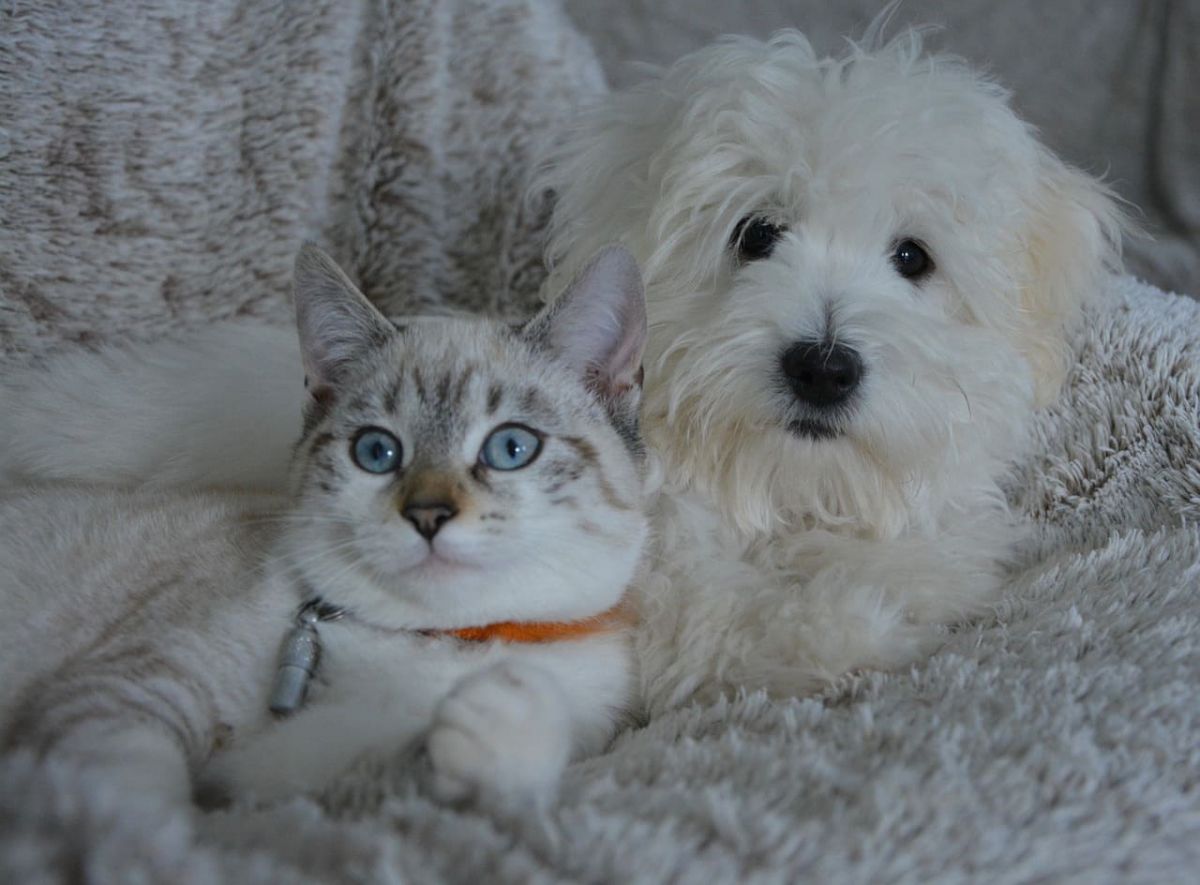
An Authoritative Glimpse into the World’s Top Ten Most Popular Categories of Pets

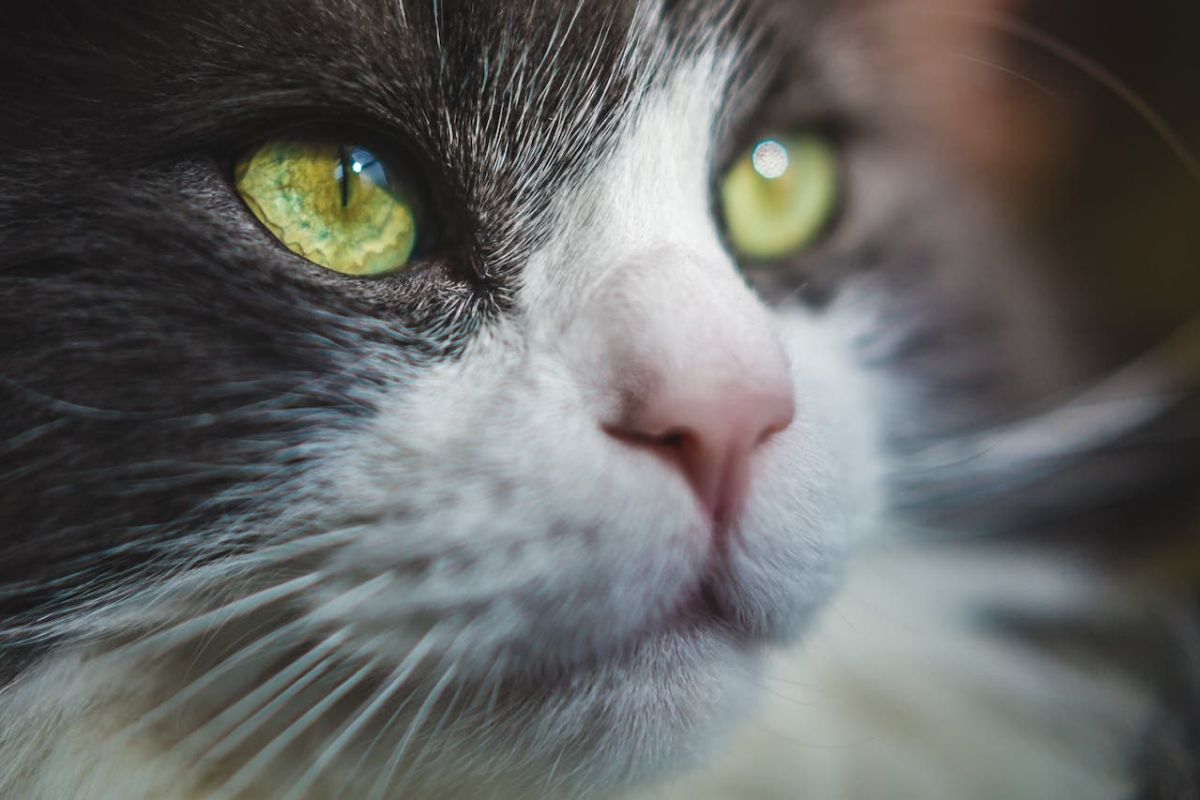
Why Do Cats Squirm Before Pouncing

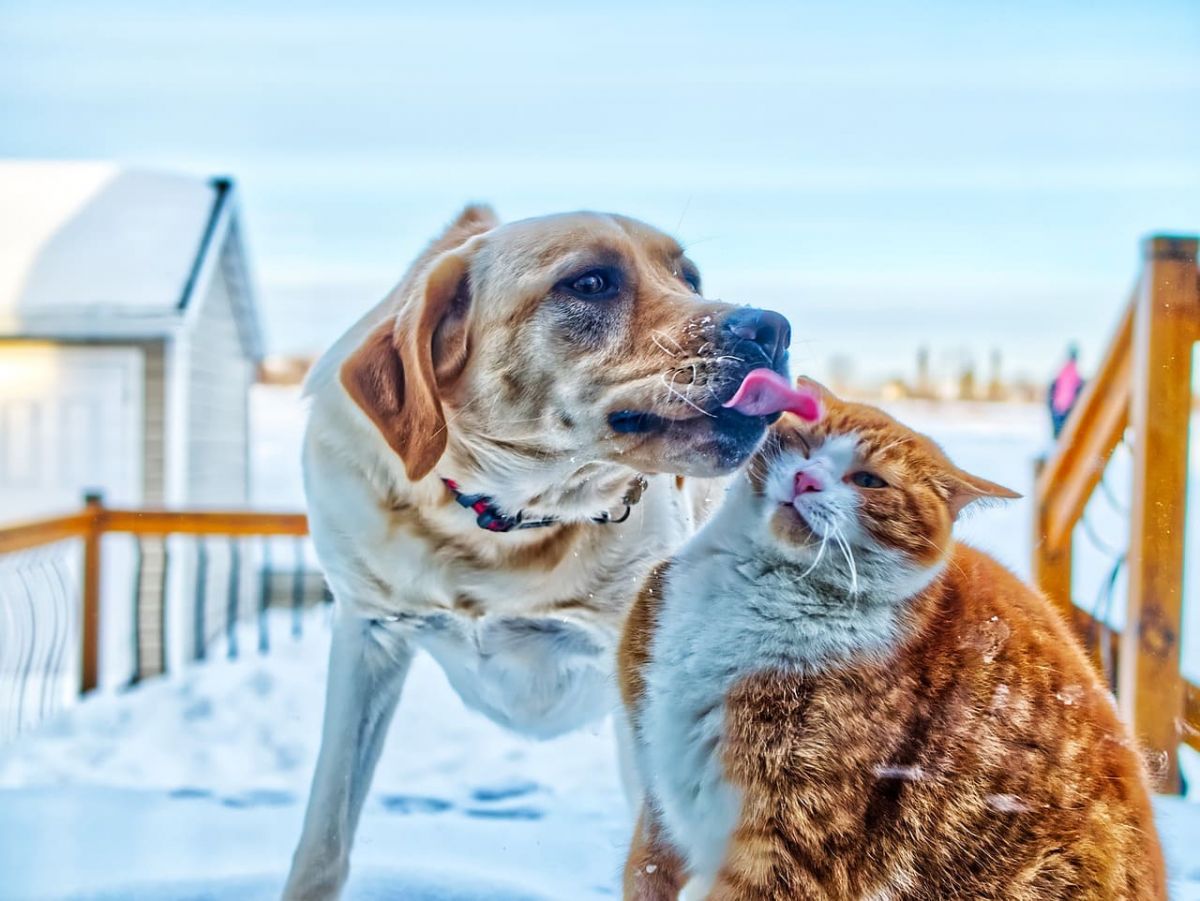
True Heartwarming Stories: The Unbreakable Bond Between Animals and Humans

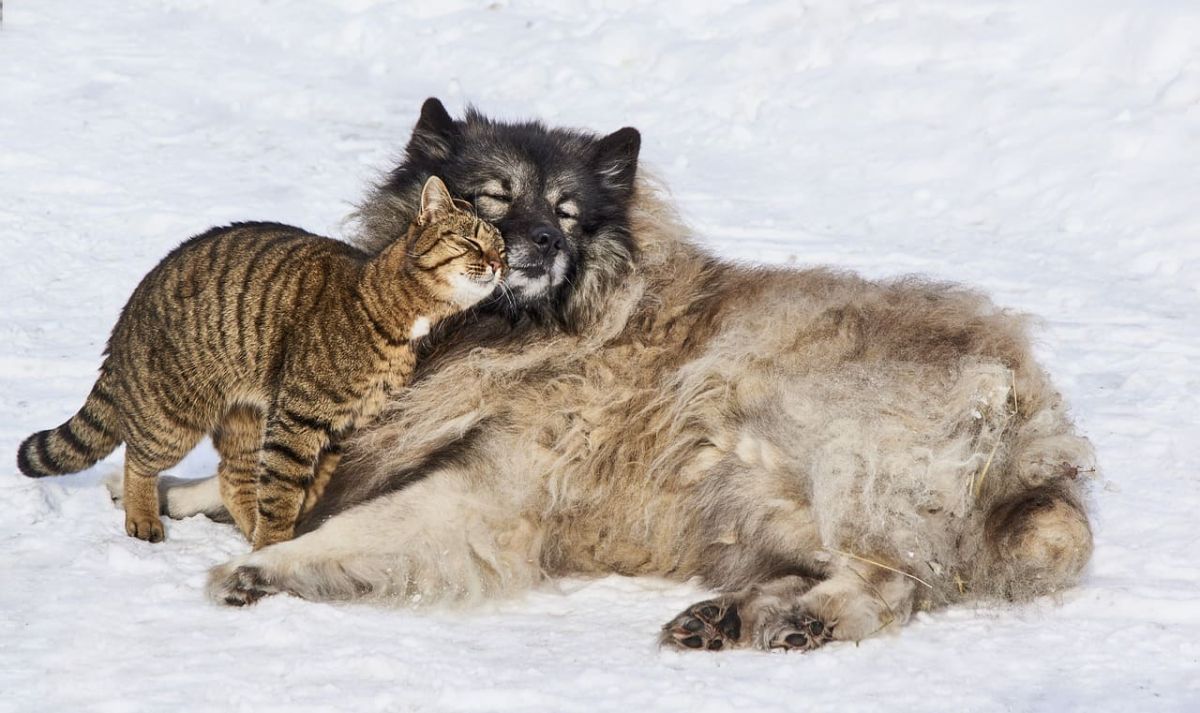
Pets’ Interesting News and Anecdotes


Owning a Pet May Help Maintain Mental Health When We’re Over 65

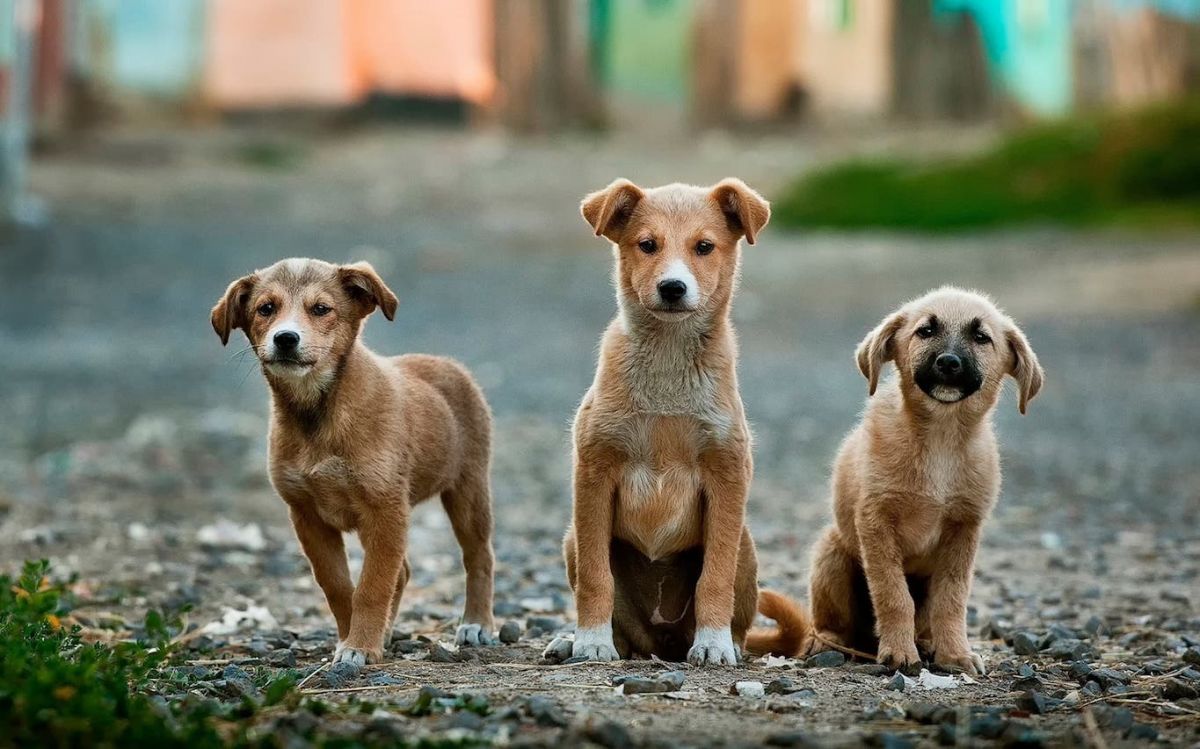
Pet IQ Test: Explore Your Pet's Intelligence and Potential


Pet Insurance: A Must for Comprehensive Pet Protection

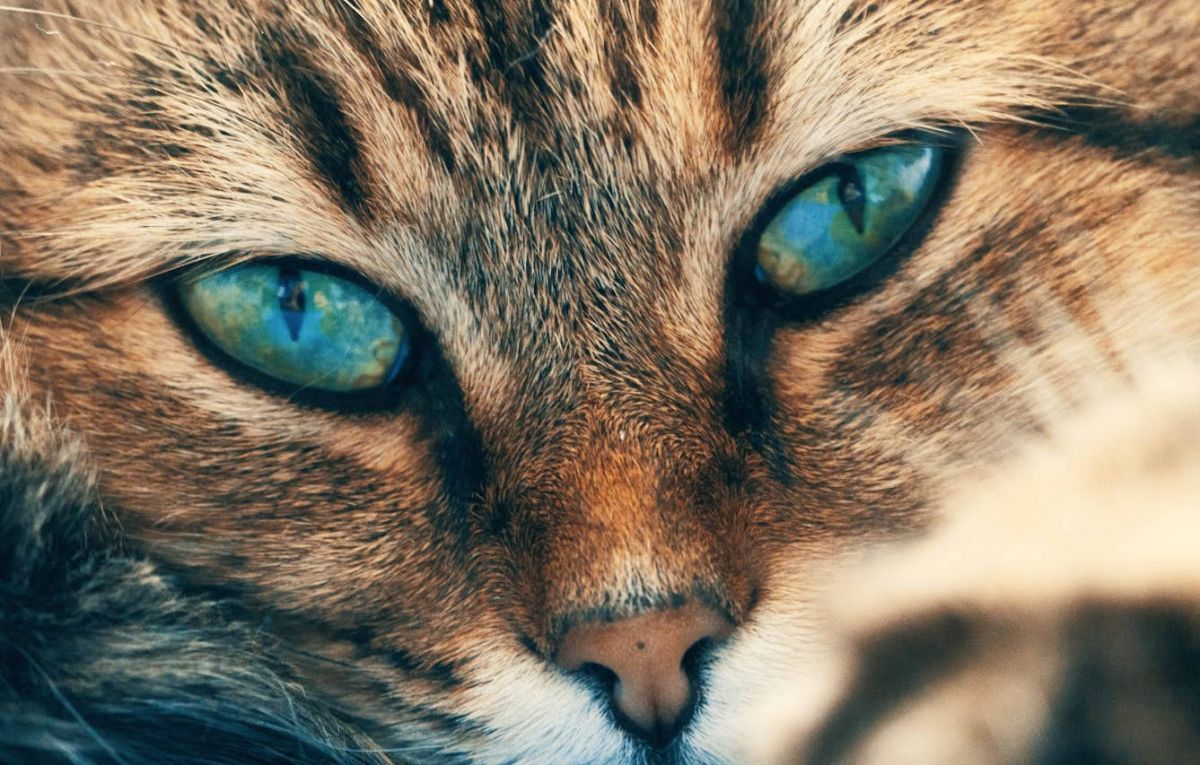
Instruction to PetSmart















